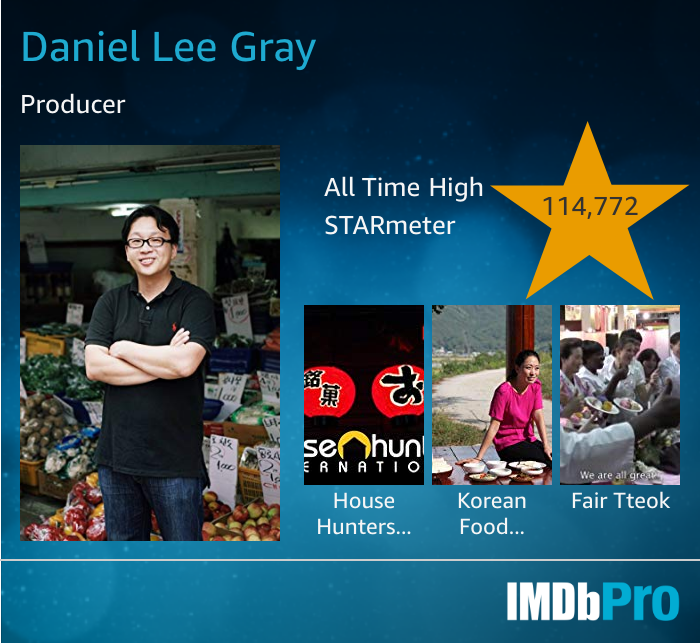Jung 정
What is jung and how do you define it? This is something that I've been wresting for years because it goes deeper than the simple dictionary definition of "affection, love, a feeling of closeness."
Here is my recent effort to define what jung is.
Dan
Jung 정
YJ's story of Jung. Warmth. There is a commercial where there is a grandparent's house in the dead of winter. The son calls the house because he is worried about his father and mother. He asks, “are you ok? It's really cold out.” It is a kind of connection. It is something that binds people together that is deeper than just feeling. There is something ethereal, almost psychic. It's like my favorite Buddhist expression. Think of generosity as a word and only as a word. When you do this then it is a true feeling.
Jung is a feeling of closeness, respect and relationship that people have with each other and with food. It is the invisible thread that binds people together and the food is the visible element of that.
Making Korean food is very laborious. There are numerous different ingredients and many different side dishes are needed for each meal. When someone goes to someone’s house, the fact that someone took the time to make the meal is a way to say, “I respect you and I would like to have a relationship with you.”
Side dishes at restaurants also demonstrate jung. If the restaurant has a small number of side dishes, then the patron does not feel welcome. If all the dishes are low quality then people will not want to eat there and they feel alienated. Restaurants become famous for their demonstration of jung. Most famous restaurants have a number of common side dishes such as kimchi, tofu, and soup; then they will offer one dish that is special or expensive such as fresh clams or octopus stuffed with crabmeat. This extra effort demonstrates the respect and affection for their patrons.
Farmers demonstrate jung by their effort of planting and raising their product from seedling to harvested crop. There has been a shift of Korean thinking towards organic food, not so much for the health quality, but they can “feel” that the food is better. They believe that human touch and effort will make them healthier and giving them general “well-being.”
Also, when cooking, utensils and tools are discouraged because Koreans believe that food must be touched and made by hand. The tasting of the dish should be done with the fingertips.
And eating shows jung because there is the sharing of the different side dishes. There is a small amount on each plate because each person is supposed to respect each other and share together. If one person hoards a dish then they see it as bad form. Also, when people eat soup out of the same pot they see it as a since of oneness.
Here is my recent effort to define what jung is.
Dan
Jung 정
YJ's story of Jung. Warmth. There is a commercial where there is a grandparent's house in the dead of winter. The son calls the house because he is worried about his father and mother. He asks, “are you ok? It's really cold out.” It is a kind of connection. It is something that binds people together that is deeper than just feeling. There is something ethereal, almost psychic. It's like my favorite Buddhist expression. Think of generosity as a word and only as a word. When you do this then it is a true feeling.
Jung is a feeling of closeness, respect and relationship that people have with each other and with food. It is the invisible thread that binds people together and the food is the visible element of that.
Making Korean food is very laborious. There are numerous different ingredients and many different side dishes are needed for each meal. When someone goes to someone’s house, the fact that someone took the time to make the meal is a way to say, “I respect you and I would like to have a relationship with you.”
Side dishes at restaurants also demonstrate jung. If the restaurant has a small number of side dishes, then the patron does not feel welcome. If all the dishes are low quality then people will not want to eat there and they feel alienated. Restaurants become famous for their demonstration of jung. Most famous restaurants have a number of common side dishes such as kimchi, tofu, and soup; then they will offer one dish that is special or expensive such as fresh clams or octopus stuffed with crabmeat. This extra effort demonstrates the respect and affection for their patrons.
Farmers demonstrate jung by their effort of planting and raising their product from seedling to harvested crop. There has been a shift of Korean thinking towards organic food, not so much for the health quality, but they can “feel” that the food is better. They believe that human touch and effort will make them healthier and giving them general “well-being.”
Also, when cooking, utensils and tools are discouraged because Koreans believe that food must be touched and made by hand. The tasting of the dish should be done with the fingertips.
And eating shows jung because there is the sharing of the different side dishes. There is a small amount on each plate because each person is supposed to respect each other and share together. If one person hoards a dish then they see it as bad form. Also, when people eat soup out of the same pot they see it as a since of oneness.





